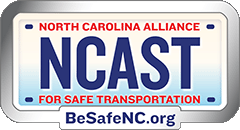STARTING POINT
BE SUPER SAFE!
Welcome to another edition of Safe Travels NC, a free monthly email newsletter from the North Carolina Alliance for Safe Transportation. We hope you find something here that makes your world a little safer.
If you like what you see, forward this to others so they can subscribe. And, if you have a topic you’d like to see featured, or a question to ask, reach out!
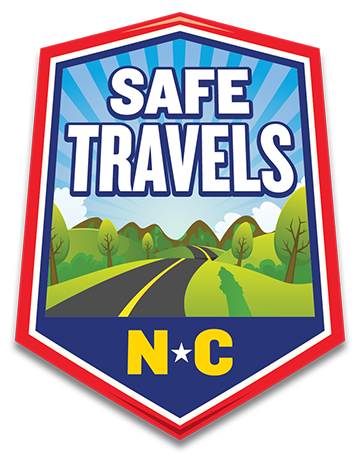

Every morning, probably long before you wake up, traffic reporters across North Carolina are pouring over maps, weather reports and emergency scanner traffic, building a picture of what everyone’s commute is going to look like.
We asked these reporters: What causes the most wrecks? What problems do you see over and over again? What can drivers, and pedestrians, do better?
They had thoughts.
Mark Taylor
“The main factors contributing to accidents are, undoubtedly, speeding, reckless and distracted driving.”
“There is a prevailing sense of lawlessness on the roads that emerged during the pandemic that hasn’t gone away.”
“There is a prevalent selfish mentality associated with driving. I often reflect on how differently we treat strangers in person – holding doors open in public spaces for one another or exchanging greetings while walking down the street. Unfortunately, this kindness tends to vanish when we are behind the wheel, and we must change.”

Meghan Bragg
“Drivers need to PAY ATTENTION. I believe a lot of these accidents are caused by distraction. The highways get congested and so many people, when it’s stop and go, will look at their phones.”
“I myself have almost been in many accidents because people are stopping so fast because they are not paying attention.”

Bob Brandon
“Most of the time, I deal with the aftermath of inattention. Driving is one of the easiest things people can do, and we get complacent. A momentary lapse while you're going 70+ mph means you cover a lot of ground in one second.”
“It is not unusual to report two or more crashes in the same location some days. Poor highway and intersection design, drivers speeding and acting recklessly.”
“If you are a cyclist or pedestrian, be sure to use crosswalks when they exist, and be sure to dress in light colors or with reflector to be seen. Pedestrian crashes are becoming more prevalent.”
“I also wish drivers would give themselves enough time. Don't leave late. That causes you to take chances”

Farmers: Be Safe, Be Seen!
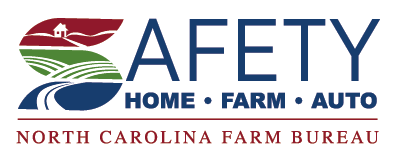
It’s late in the afternoon, and you’re so close to being finished with harvest. You have just enough time to move the combine from the field you’re in to the one you need to cut tomorrow. You barely pull on to the road before a line of honking cars seems to appear out of nowhere.
You’ve waited for weeks to get in the hayfield for the last cutting, and finally get a break in the weather. You’re headed back to the main farm with the mower and notice a car behind you trying to pass on a double yellow even though your mower extends into the left lane and you have nowhere to pull over.
Both of these scenarios sound all too familiar for farmers.
Like other commuters, farmers are just trying to get to and from their jobs, and then get home to see their families. While passenger drivers need to stay alert for equipment on rural roads, it is our job as farmers to be vigilant that tractors and equipment are visible.
Many motorists do not recognize the silhouette of tractors and equipment, so farmers must be diligent to ensure they are seen. Despite your best efforts, there will be times when passenger vehicles will line up behind equipment due to factors out of your control such as wide equipment, lack of space to pull over, no passing zones. But, as in athletics, the best offense is a good defense – never assume that other drivers know or understand your intentions.
So what can you do?
Pull over when possible to allow cars to safely pass. Traffic build up can exacerbate aggressive driving.Be particularly mindful when turning. Added implements could block turn signals. Be cautious using hand signals to turn, as motorists often misinterpret the left turn hand signal as an indication to pass which could result in a left turn sideswipe.
Because some of the most common rural roadway accidents are rear end collisions, farmers should pay special attention to maintaining SMV signs, lighting, and reflectors. Replacing broken light covers and faded SMV signs, repairing light wiring, cleaning dirt and debris off lenses, and adding rear view mirrors help to ensure that you are seen.
Be Safe, Be Seen!
-
Repair or replace SMV emblems, lighting, reflectors, and/or flagging on farm equipment as needed. Inspect each time equipment will be on a roadway to ensure visibility
-
Determine if additional lighting, reflectors, or flagging is needed to increase visibility.
-
Purchase and have replacement lights, reflectors, flagging, and SMV signs on hand before they are needed.
-
Adjust travel routes if possible to avoid peak passenger travel times.
-
Use an additional escort vehicle as an escort in high traffic or low visibility areas.
-
Be aware of traffic behind you that may not anticipate your movements, and allow them to pass when possible.
Be familiar with NC DMV laws regarding farm equipment transportation, and consider utilizing additional lights and flagging. Provide training for all farm workers who might operate equipment on roadways, and never allow anyone under 14 to operate farm equipment on roadways!
This message is proudly brought to by
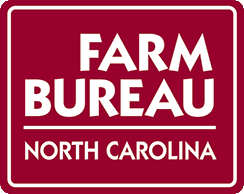
Ask a Trooper
“What do you do when the traffic lights are out?”
You asked, the NC State Highway Patrol answered. The upshot? You need to stop, no matter how big a road you’re on.
Got a question? Ask it in a short video and send it here.
We ❤️ Safety!

It’s almost time for the 2025 Sweethearts of Safety Awards, honoring North Carolinians who’ve shown a particular commitment to making travel safer for everyone.
Elected Officials
State Senators Jim Burgin and Kevin Corbin, and Representative Sarah Crawford, championed legislation to bring North Carolina in line with 29 other states with hands-free driving laws, and they’re committed this year to working to get that bill over the finish line. Senators Michael Lazzara and Julie Mayfield, and Representatives Frank Iler and Phil Shepard, were instrumental in securing initial funding for wildlife crossings in our state, and they’re committed to a push for federal funding that will make crossings possible in eastern and western North Carolina.
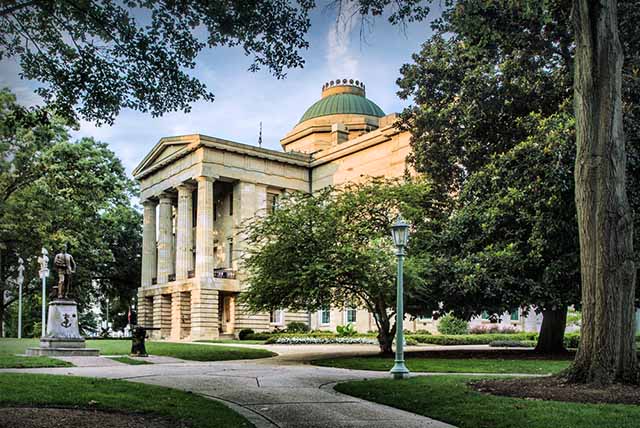
Law Enforcement
In the Law Enforcement category, the award goes to Sgt. Stephen Garlick and the Guilford County DWI Taskforce. Beyond removing more than 400 impaired drivers from our roads in 2024, they actively engage in community education, victim remembrance events and national initiatives to raise awareness and promote safer driving practices.
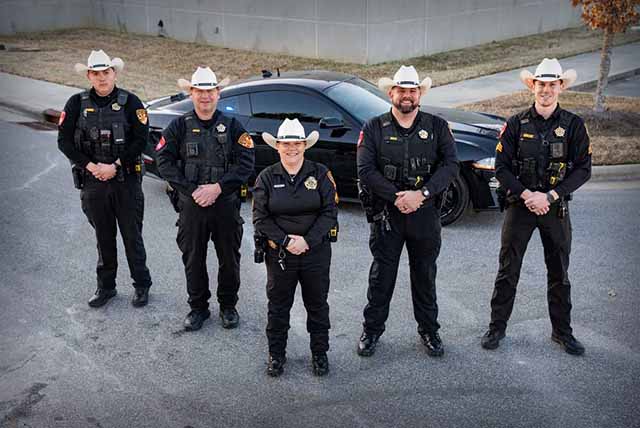
Mark Ezzell Lifetime Achievement Award
And, finally, the Mark Ezzell Lifetime Achievement Award goes to Tracy Russ of the NC State University Institute for Traffic Research and Education (ITRE). In addition to her research to improve transportation safety, Russ has dedicated countless hours to working with the families of traffic crash victims, including taking the lead in organizing the state’s observance of the International Day of Remembrance in November each year. Tracy was incredibly generous with her time in assisting NCAST as we launched efforts in 2022.

Congratulations to the winners, and thank you to our Sweethearts of Safety sponsors! A few tickets to the Feb. 13 event in Raleigh are still available here.
Helmets Save Lives

You know you should wear a helmet when you cycle. If you have kids you know you should make them wear one, too. But it’s worth reinforcing with one of the largest bicycle helmet studies ever done:
“The use of bicycle helmets was found to reduce head injury by 48%, serious head injury by 60%, traumatic brain injury by 53%, face injury by 23%, and the total number of killed or seriously injured cyclists by 34%.”
Be A “Stay Ready” All-Star!

You don’t have to get ready for emergencies if you stay ready for emergencies. AAA Carolinas has you covered with a list of items you should keep in your car, especially during the cold winter months. Here’s five of the 10 they suggest:
-
Jumper cables (and know how to use them!)
-
A sturdy ice scraper.
-
Gloves, hats, blankets & jackets… stay warm if you break down!
-
Adjust travel routes if possible to avoid peak passenger travel times.
-
A flashlight with extra batteries.
-
A written list of emergency contacts.

In the News
Super (Safety) Sunday!

Sadly, traffic deaths spike after the Super Bowl. Have fun, but please designate a driver before you drink.
One Last Thing…
With Power Comes Responsibility.

We noted last month how rapidly average vehicle weight has increased in the United States. No surprise: So has horsepower. It’s a powerful, dangerous, mix.
Photo by Kenny Leys on Unsplash
NCAST | Safe Travels NC
Questions? Emails us at info@safetravelsnc.org
Questions relating to privacy and the protection of your personal
information should be sent to info@safetravelsnc.org
Forwarded this newsletter? Subscribe here
Unsubscribe
©2025 North Carolina Alliance for Traffic Safety
Raleigh, NC
